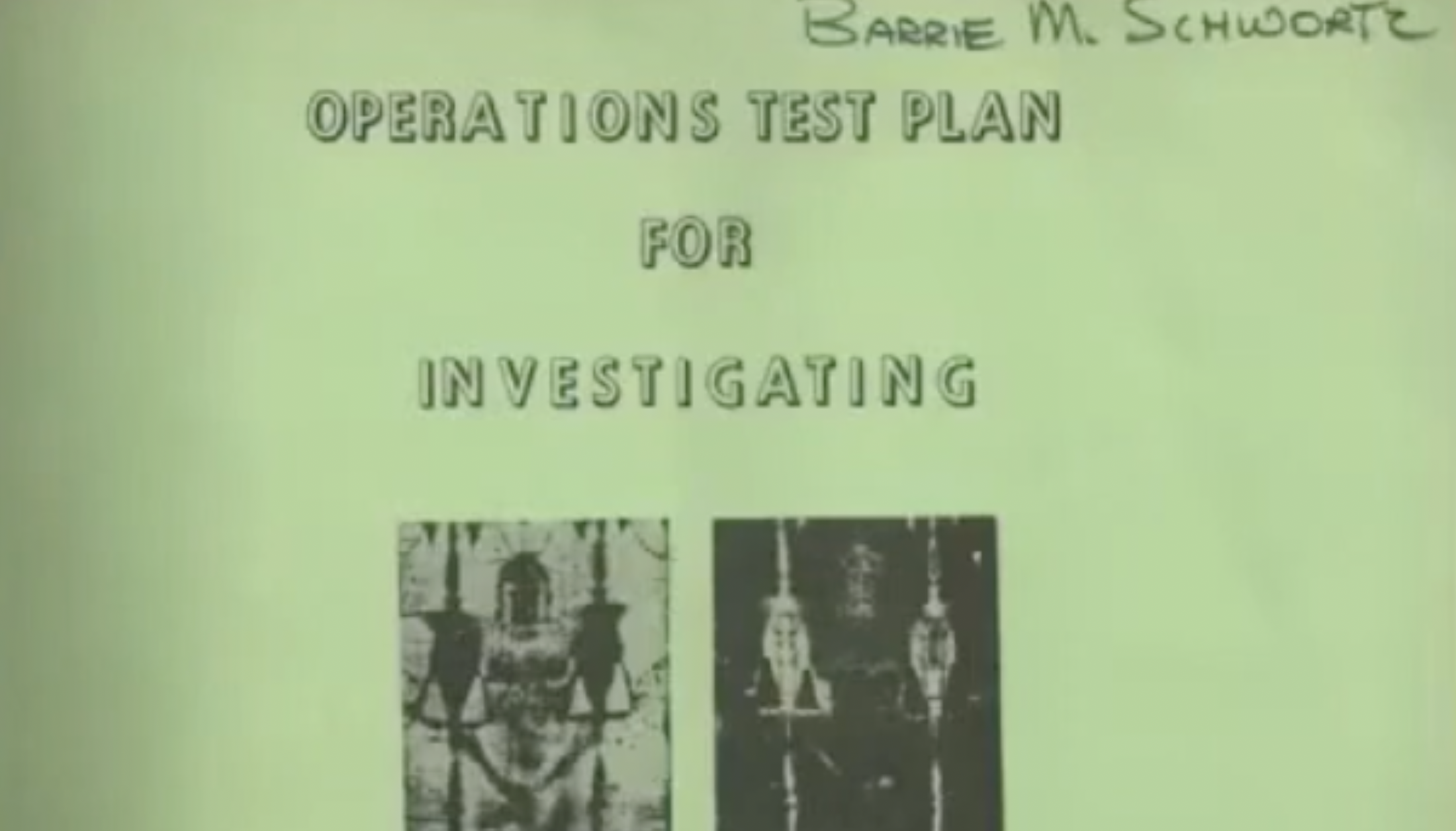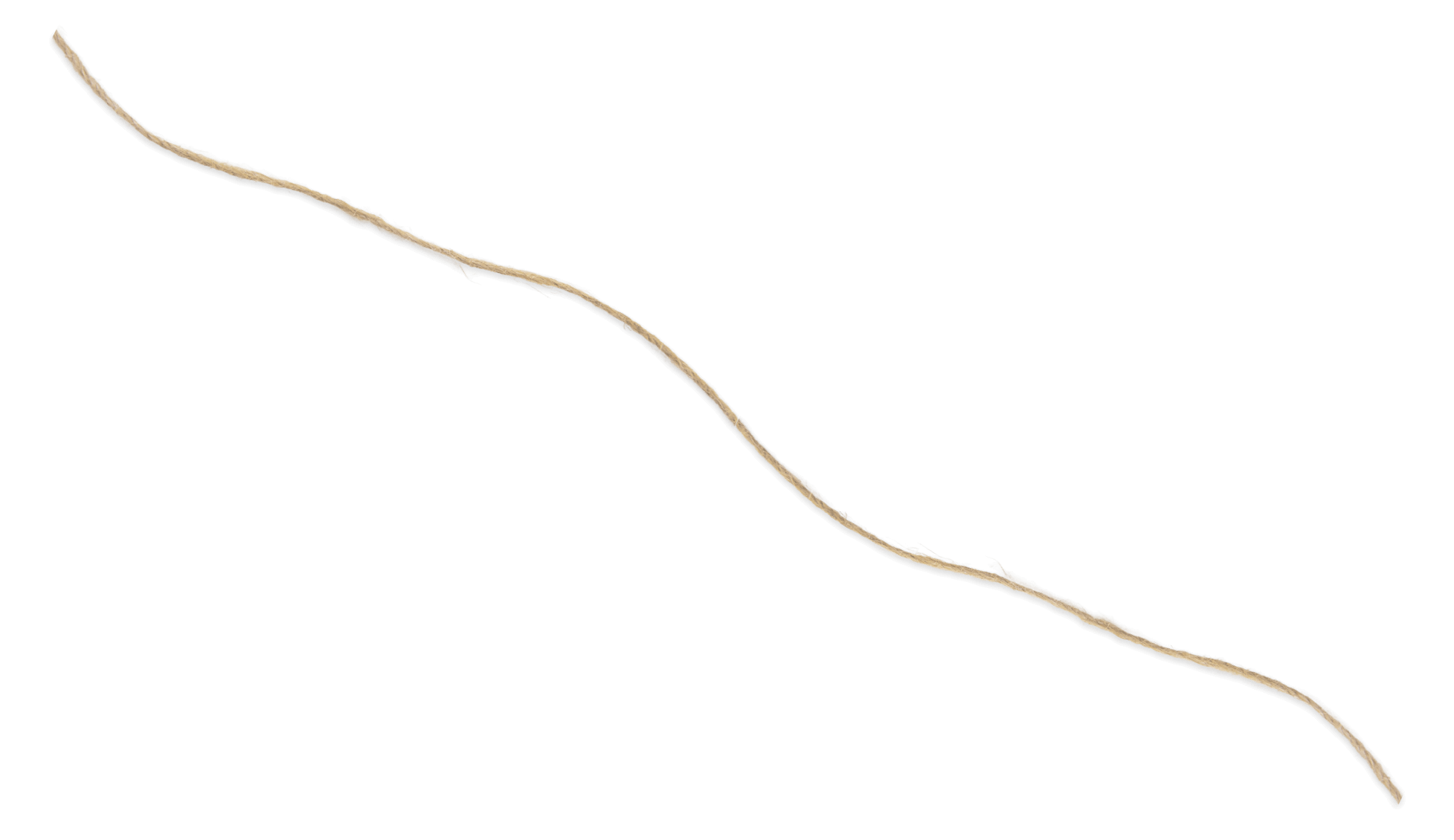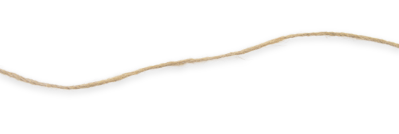In 1978, a team of scientists and photographers known as the Shroud of Turin Research Project (STURP for short) conducted the first-ever in-depth scientific examination of the Shroud of Turin.
They Ran Tests for Five Straight Days
The team arrived in Turin with 80 crates of the most advanced scientific equipment available at the time. Over five continuous days (122 hours), they worked in shifts around the clock, conducting a rigorous series of multi-disciplinary tests.
Their goal? To determine the scientific properties of the image on the Shroud and how it was created.
To do this, STURP developed specialized instruments and techniques, many designed specifically for this project.
They Tested the Shroud in Several Ways
- Direct microscopy
- X-Ray fluorescence spectrometry
- Photographic tests: ultraviolet fluorescence, micro-photographs of strategic areas
- Infrared spectrometry
- X-Ray radiography
- Ultraviolet fluorescence spectrometry
- Sticky tape samples from a variety of locations
Their Conclusion: Not Made by an Artist
The team spent the next three years analyzing their data. What did they conclude?
All the scientists agreed on the following statement:
“We can conclude for now that the Shroud image is that of a real human form of a scourged, crucified man. It is not the product of an artist. The blood stains are composed of hemoglobin and also give a positive test for serum albumin. The image is an ongoing mystery and until further chemical studies are made, perhaps by this group of scientists, or perhaps by some scientists in the future, the problem remains unsolved.”
The STURP team published their findings in 20 peer-reviewed scientific journal articles, setting the foundation for all future research on the Shroud.




